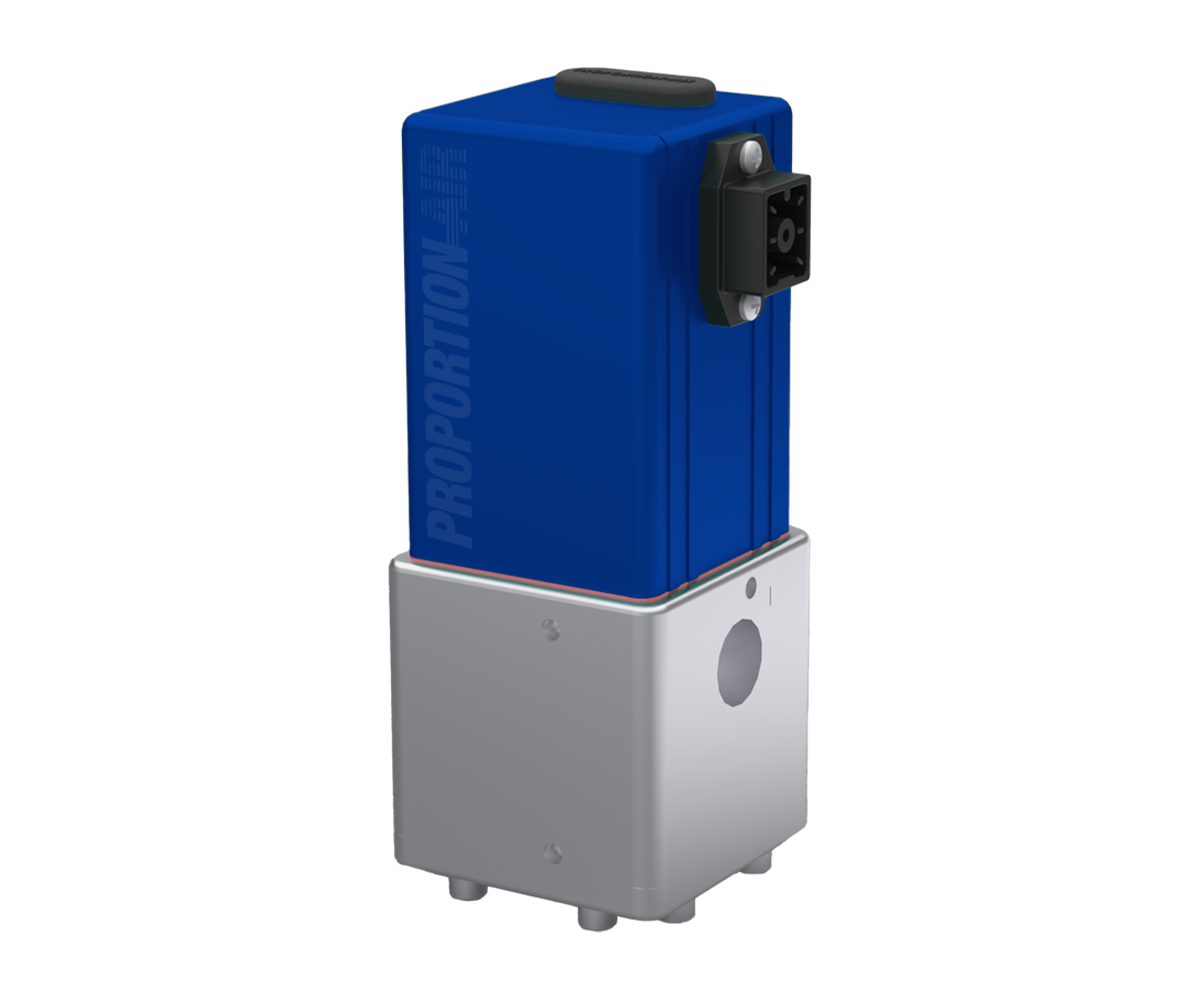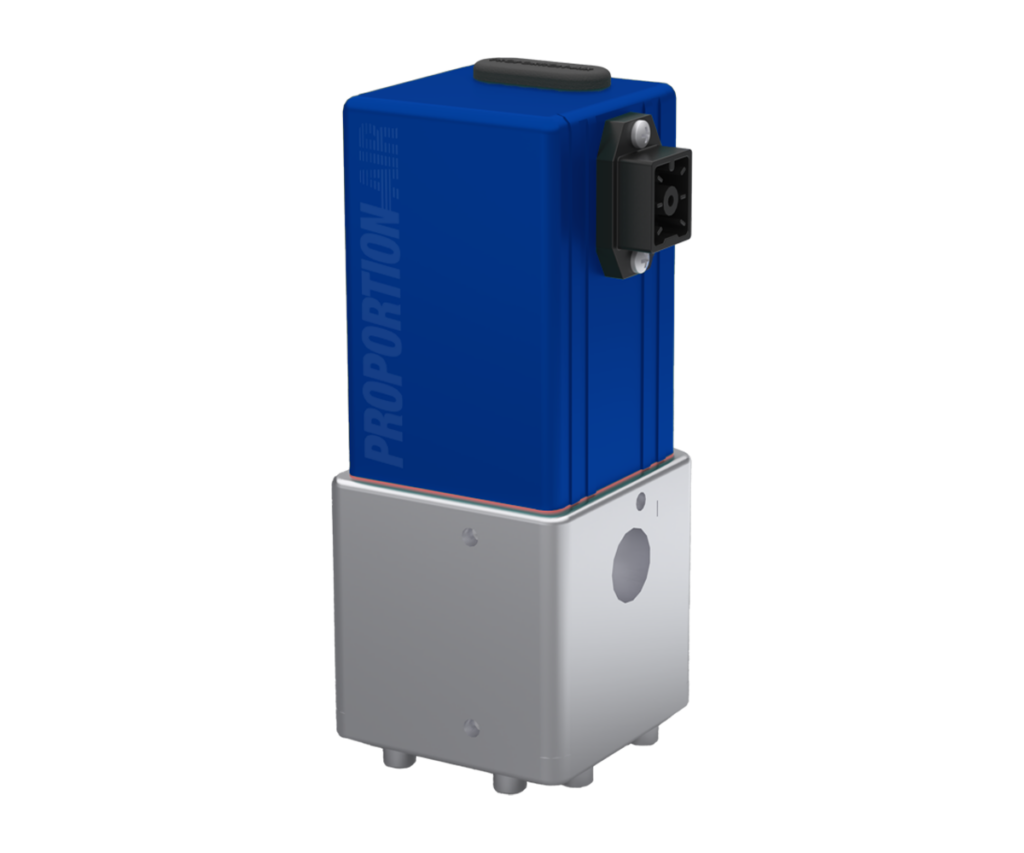QB3H High Pressure Valve
The QB3H high pressure valve is ideal for applications requiring high pressures and high flows or constant flow, especially in laser cutting applications that use oxygen.
- Full vacuum to 500 PSI (34.47 Bar)
- High forward and relief flows up to 50 SCFM (1416 LPM)
- Aluminum bodies standard; all brass body units oxygen cleaned for direct control of O2
The QB3H features two solenoid valves that add or subtract pressure to the pilot of an integrated volume boosting regulator. An internal stainless steel pressure sensor measures the high pressure output of the integrated volume booster and sends this signal to the on-board controller. This controller then modulates the two solenoid valves to match the integrated volume booster’s output pressure to the user requested command signal.
Accuracy ±
Repeatability ±
Max Flow (SCFM)
Max P2 (PSI)
- Technical Specs
- Downloads & Links
- Request Quote
Technical Specs
| Pressure Range | Vacuum thru 500 PSI (34.7 Bar) |
| Accuracy | ±0.5% F.S. |
| Repeatability | ±0.2% F.S. |
| Max Flow | 50 SCFM (1416 LPM) |
| Port Size | 3/8″ NPT |
| Durability | Immune to shock & vibration (up to 20 Gs) |
| Operating Temps | 32-158°F (0-70°C) |
| Filtration | 40 Micron |
Downloads
File Request Form: Use this form to request a file other than a standard QB3H .STEP file
Submit the form below to download a standard QB3H .STEP File



